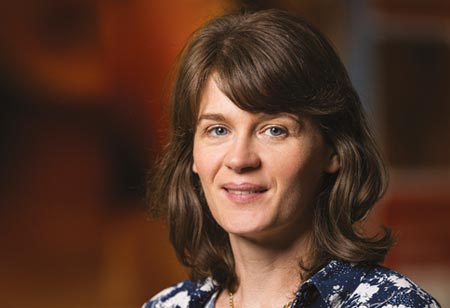

Thank you for Subscribing to Food Business Review Weekly Brief

When we created the Cargill Cocoa Promise more than a decade ago, we knew helping the cocoa sector thrive meant building on our work to enable farmers and their families to be more resilient, have more choices, and access more opportunities. Over time, we’ve seen the benefits of this cornerstone of our cocoa sustainability effort spread. Here are 10 ways the program is making a difference.
1. More farmers are producing safe, sustainable cocoa. We know the cocoa industry depends on the success of farmers. That is why we are training and coaching a growing number of them, including more than 244,000 farmers in 2021 alone. The aim? Building farmers’ capacity to increase their yields without encroaching on new land, to make their farms more profitable businesses, and to ultimately provide consumers with more quality, sustainable food. 2. Cocoa farming families are finding different ways to make a living income — from hot chocolate to hot peppers. Making a living income as a cocoa farmer can be incredibly challenging. So, we’re focused on helping farming families find new ways to increase their household income. As one example, we helped 1,800 cocoa farmers in Ghana earn extra income by producing, of all things, hot peppers. 3. An innovative system is helping keep children off farms and in schools. It is no secret that child labor is an issue in cocoa communities. To tackle it, we worked with the International Cocoa Initiative to design an innovative Child Labor Monitoring & Remediation System (CLMRS) to address, prevent, and remediate child labor. By 2025, we aim to reach all farming households in our direct supply chain, partnering with Save the Children to protect children’s rights and keep them in school. 4. More women are empowered in cocoa communities. I’ve seen firsthand how empowered women lead to empowered cocoa communities. That is why we help women leaders of farmer organizations learn business skills through our Coop Academy and enabled more than 11,000 women to access saving and loan programs to help run entrepreneurial businesses. The result: more stable incomes and, ultimately, more resilience for cocoa farming families. 5. Technology helps us see (and address) deforestation risks. To truly become deforestation-free, we need sustainable farming landscapes, balancing cocoa production with care for the planet. That is why we use GPS polygon technology and satellite data to see and quickly address deforestation risks and land use change across farms in Ghana, Côte d’Ivoire, Brazil, Cameroon, and Indonesia. As of 2021, we have mapped 70 percent of the farmers in our direct supply chain, helping to protect against deforestation today and for years to come. 6. Agroforestry shows cocoa farming and forests can co[1]exist. We believe cocoa farming and forests can co-exist — and our work in agroforestry is one example. In the last five years, nearly 22,000 cocoa farmers in our supply chain have started adopting agroforestry practices that reforest areas while supplementing farmers’ incomes. It’s led to more than 1.2 million trees planted on farms that, as they grow and develop, have the potential to sequester nearly 137,000 metric tons of carbon dioxide equivalent by 2040. " We want to go far, together with more than 60 partners who want the same thing: to help shape a more sustainable cocoa sector " 7. More consumers can trace their cocoa back to the farm. Consumers want to know their chocolate was made the right way. That is why we provide our customers with first[1]mile traceability. This, along with innovative tools like our CocoaWise™ Portal, are part of our efforts to increase transparency and give customers greater confidence that their cocoa was sourced sustainably. 8. Mobile banking gives farmers and their organizations safer ways to handle money. Cocoa farmers need safe and innovative ways to handle their hard-earned money. That is why last year alone, we helped more than 56,000 farmers enroll in a mobile banking system. It gives them greater security and peace of mind they will be paid on time and in full — allowing them to better manage their income. 9. More partnerships mean more progress for the cocoa sector. There’s an African saying: If you want to go fast, go alone. If you want to go far, go together. We want to go far, together with more than 60 partners — from NGOs and technical partners to social enterprises and financial institutions — who want the same thing: to help shape a more sustainable cocoa sector. 10. When we stay connected, we can do more for the cocoa sector. In cocoa communities, we have seen a future that is more interconnected than ever. So, moving forward, we’re leaning into these connections even more — using our unique role at the heart of the supply chain to bring together the people who can help the cocoa sector thrive today and for years to come. As we look ahead, our progress only reinforces our deep belief: through our collective power, we can create a more sustainable cocoa sector. We hope we’re making a believer out of you, too.